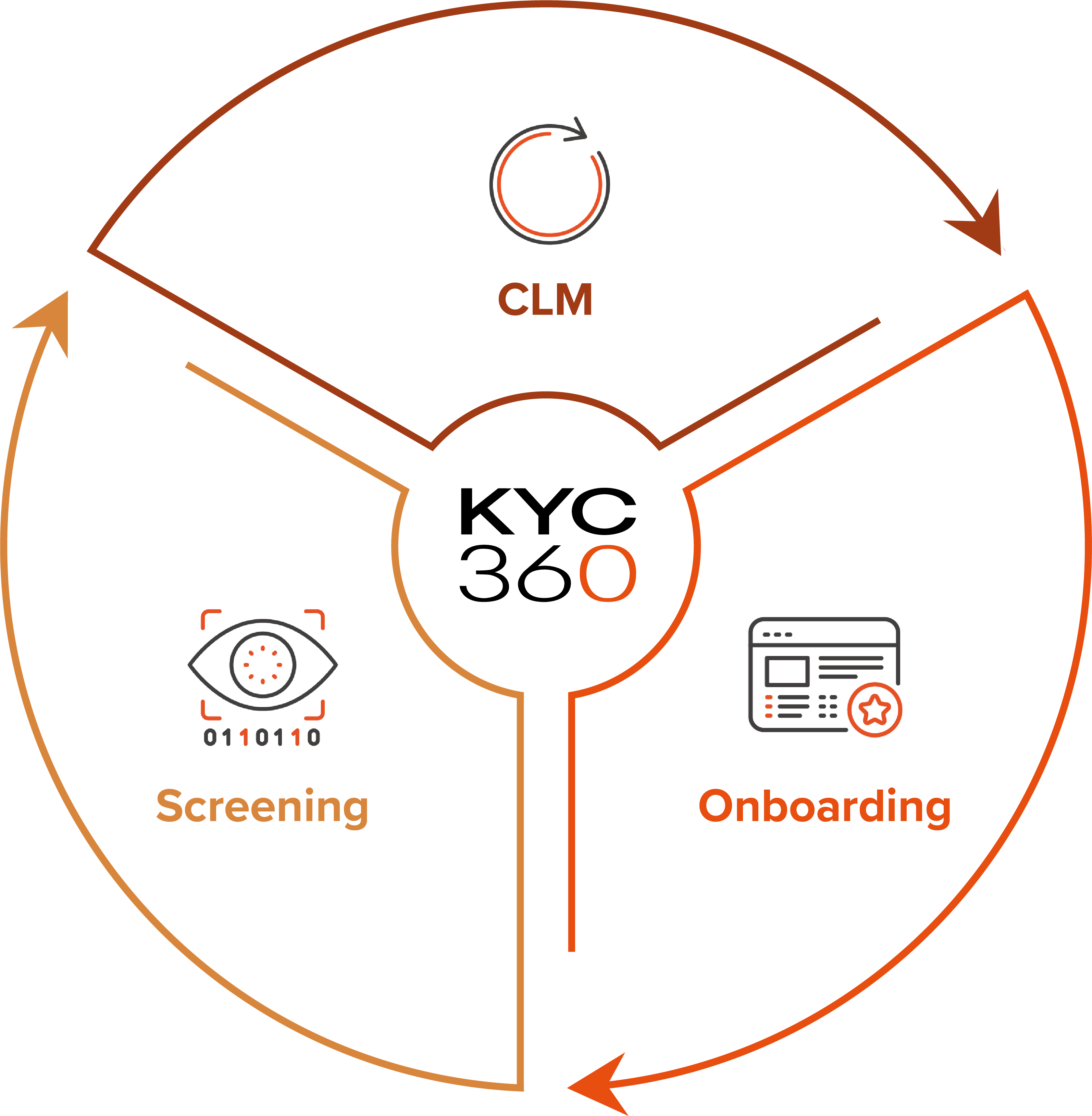In our latest "Comply and Outperform" webinar, we were joined by Nick Lewis, Managing Director of the High-Risk Client Unit at Standard Chartered Bank. With over three decades of UK law enforcement experience and significant international crime prevention experience, Nick brought invaluable insights into the persistent and evolving threat of economic crime and how financial institutions can better manage high-risk relationships.
Here are the key takeaways from the session.
1. The Evolution of Economic Crime
Nick Lewis emphasised that economic crime has drastically evolved over the past few decades. Initially, financial crime was slow-moving, allowing law enforcement sufficient time to intercept illicit transactions. However, there has been a significant shift, with global financial flows becoming instantaneous and more complex. This rapid pace has outstripped the capabilities of traditional anti-money laundering (AML) and Know Your Customer (KYC) frameworks, highlighting the need for financial institutions to innovate.
2. The Growing Imbalance in Resources
Despite considerable efforts from both public and private sectors, the threat of economic crime continues to grow. One fundamental reason is the disparity in resources and capabilities between criminals and law enforcement. Criminals are agile, well-funded, and unencumbered by legal borders, while jurisdictional boundaries and regulatory frameworks often restrict financial institutions and law enforcement agencies.
3. Challenges in Information Sharing
A recurring theme in the discussion was the challenge of information sharing across borders. Legal constraints and data sovereignty issues prevent seamless data exchange between jurisdictions. This fragmentation hampers the ability of financial institutions to get a complete picture of high-risk clients and impedes law enforcement's ability to connect the dots in transnational crime networks.
4. Improving Data Management
One of the key issues highlighted was the industry's need to harness and manage data effectively. Many AML and KYC failures are rooted in poor data management practices. Financial institutions need robust systems to capture, analyse, and act on the data related to high-risk relationships. This includes leveraging technology to enhance data accuracy and integrating advanced analytics to detect patterns indicative of financial crime.
 5. Adapting to Rapid Change
5. Adapting to Rapid Change
Nick underscored the importance of financial institutions adapting to the dynamic nature of economic crime. This involves moving away from rigid, rules-based approaches to more flexible, risk-based frameworks. Institutions can better mitigate potential threats by understanding the specific risks associated with high-risk clients and implementing tailored control measures.
6. Public-Private Partnerships
A significant takeaway was the critical role of public-private partnerships in combating economic crime. The UK's Joint Money Laundering Intelligence Taskforce (JMLIT) was highlighted as a successful model. JMLIT has facilitated more effective information-sharing and joint problem-solving efforts by fostering trust and collaboration between law enforcement and financial institutions.
7. Managing High-Risk Clients
Nick's team at Standard Chartered works closely with frontline staff to identify and assess high-risk clients, developing bespoke control frameworks to mitigate associated risks. This involves a detailed analysis of AML, bribery, sanctions, proliferation financing, and terrorist financing risks, ensuring that all potential threats are identified and managed proactively.
8. Global Cooperation and Uniform Standards
The discussion also emphasised the need for more uniform standards and greater global cooperation. While progress is being made, especially in Europe, there is still a long way to go in creating a cohesive global framework for tackling economic crime. Initiatives like the Egmont Group provide a platform for FIUs to share information, but more needs to be done to enhance global collaboration.
9. Leveraging Public Sector Data
An interesting point raised was the potential for financial institutions to benefit from public sector data. For instance, access to public conviction records could significantly enhance KYC processes. Nick advocated for a more integrated approach where relevant public sector data is made accessible to financial institutions, aiding in the early detection and prevention of financial crime.
Closing Thoughts
The discussion provided a comprehensive overview of the challenges and opportunities in managing high-risk relationships. Financial institutions must embrace a dynamic, risk-based approach, foster public-private partnerships, and leverage technology and data more effectively. By doing so, they can better protect themselves and their clients from the evolving threat of economic crime and outperform in the process.
Watch the full recording below and stay tuned for our next "Comply and Outperform" webinar, where we continue to explore innovative solutions to pertinent challenges in the AML and KYC landscape.
The KYC360 platform is an end-to-end solution offering slicker business processes with a streamlined, automated approach to Know Your Customer (KYC) compliance. This enables our customers to outperform commercially through operational efficiency gains whilst delivering improved customer experience and KYC data quality.
